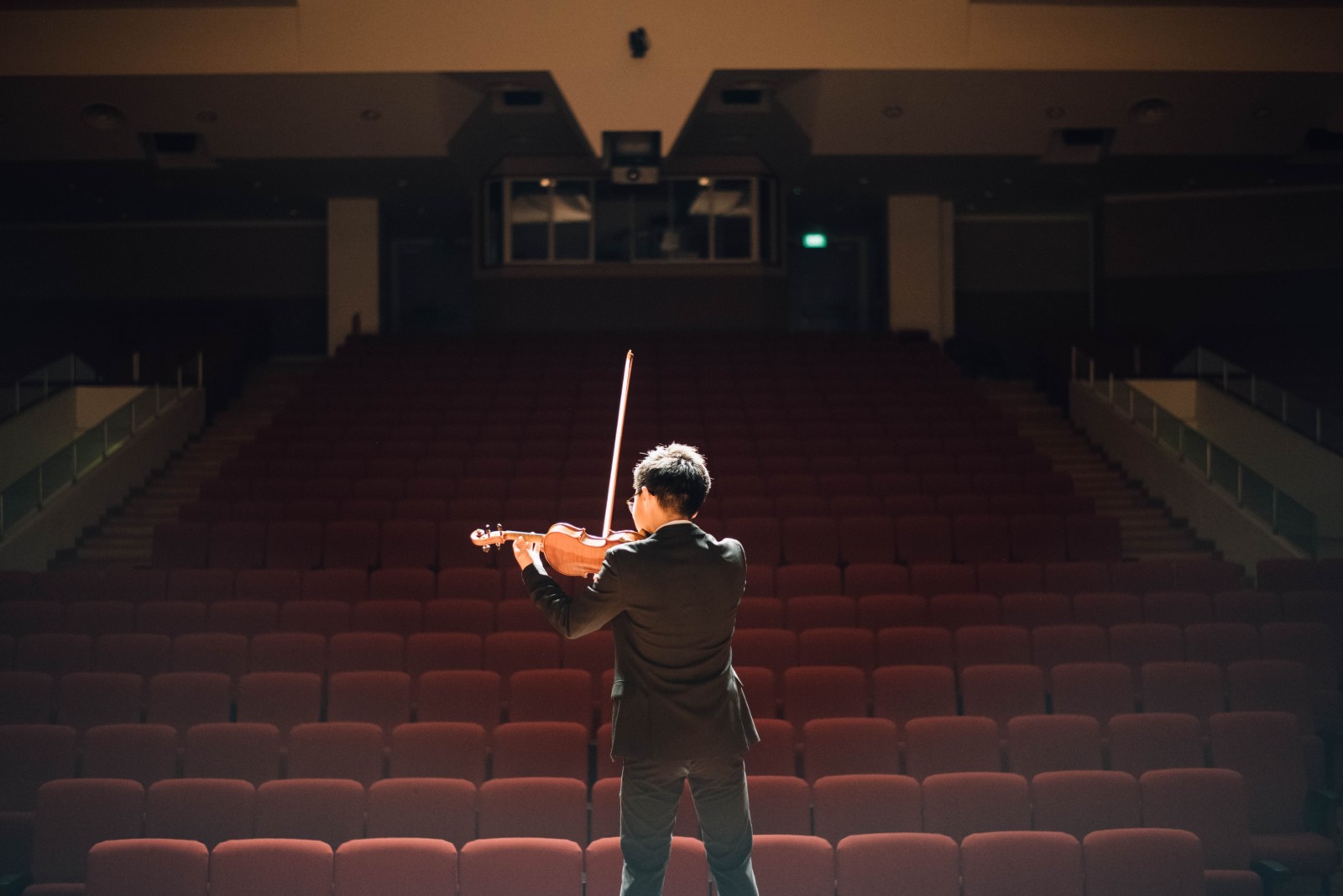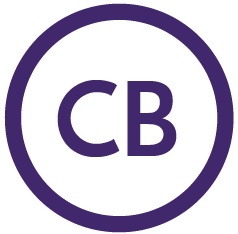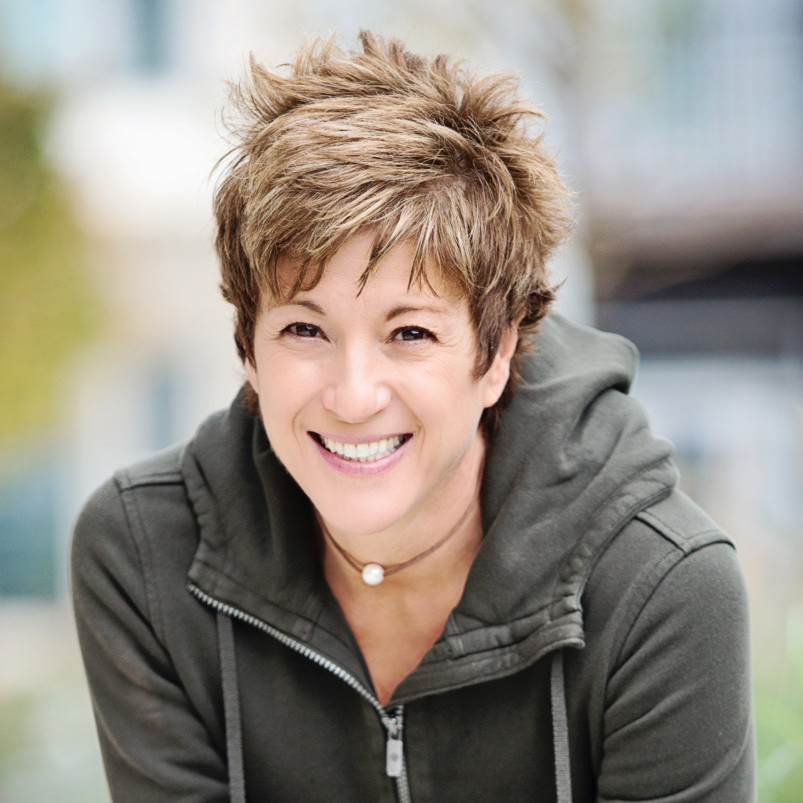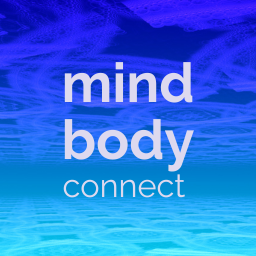 Flow is your full-body, full-sensory peak experience where you come alive.
Flow is your full-body, full-sensory peak experience where you come alive.
A version of this article was originally published by Happify
During a peak experience in the middle of a college track race when I was 19 years old, I experienced an exhilarating sense of aliveness. I felt connected to my body and my mind in a way that was beyond anything I’d ever encountered. Best of all, I ran faster than ever.
Decades later, I now know that what I experienced then is called “flow”—a way of fully participating in life where we feel better and perform better.
Fully Alive in High Definition
Flow is not just about “paying attention on purpose” with your mind. Think of it as engaged mindfulness, or a full-body, full-sensory experience where you see, hear, taste, smell, and feel more, not only in yourself but also in others. In short, flow feels like living in high-definition.
Often described as “embodied cognition,” flow is a way of accessing information and engaging with the world not only from your head, but also from your heart and gut. It’s a body-mind intelligence.
You’ve been in flow before, though you likely didn’t call it that. For instance, many people report experiencing flow when:
- Dancing without inhibition
- Flying down a mountain on skis
- Playing with their dog
- Bodysurfing at the beach
- Singing along at a live concert
- Reading to a child
- Making love
Flow: Where Action and Awareness Merge
Sometimes called being “in the zone,” flow is often described as a period of intensely focused peace. As explained in Stealing Fire by Steven Kotler and Jamie Wheal of Flow Genome Project, such peace is a result of our prefrontal cortex temporarily powering down and quieting our inner critic. It’s called “transient hypofrontality,” and it frees us from our default mode of battling chronic doubts and fears.
Furthermore, according to Dr. Ned Hallowell, psychiatrist and author of Driven to Distraction, flow is a heightened state where “action and awareness merge, time flies, self vanishes, performance goes through the roof.”
Better yet, ask any master musician or athlete, and they’ll tell you that flow can feel like being “at one” with the mountain, the wave, the guitar. In flow, we run faster, jump higher, ride the wave, and feel the notes more deeply. And you don’t have to be an athlete or musician to reap the benefits of flow. In fact, in a 10-year McKinsey study, top executives reported being five times more productive in flow.
Do you want to live in flow? Of course you do! Who doesn’t want to feel better and perform better?
The great news is that you are already experiencing flow every day. Such flow moments may appear as quick hits of clarity, glimpses of focus, or flashes of feeling fully alive.
Flow is already happening; you simply don’t realize it—yet.
Know Flow to Live in Flow
Stuck in the fast line of your crazy-busy life, you may be speeding by moments of flow. If you’re like most people, you are walking around like a “brain on a stick,” missing high-definition moments right and left. Remember that flow is a full-body, full-sensory experience. It exists below the neck, so to speak, and beneath the level of your everyday busyness.
The first step to living in flow more often is to notice what it feels like to be in flow. Start recognizing glimpses when you are fully engaged in what you’re doing, with little to no distraction. To begin, ask yourself the following prompts and see what you discover. (Hint: Flow feels like being fully alive.)
- What or who makes your skin tingle, your heart sing?
- What makes your mind focus like a laser beam on a target?
- Is it music, nature, or playing sports? Work? Being with your kids? Lastly, what does it feel like to be engaged and fully alive?
Go ahead and get specific. Write down some people and places. Make a long list. It’s worth your time. Start noticing moments when you feel lit up and engaged. Get to know what makes you flow, and you’ll start recognizing flow moments all day long. It’s like deciding to buy a Honda Civic and then seeing Honda Civics everywhere.
Next Up
Flow is happening already—you simply need to pay attention and start noticing. Notice how you feel the next time you watch a sunrise or catch a stranger’s gaze. Notice flow during a run or while eating an ice cream cone. Remember, know flow to live in flow more often.
One thing is for sure: Once you experience this powerful and peaceful way of engaging at work and at home, you won’t want to live any other way. You’ll start seeking out ways to be engaged and to feel more alive.
Masters become masters because they know how to find flow—and so can you.
In parts 2 and 3 of this series, you’ll learn how to return to flow and train to sustain flow. Stay tuned.
This article appeared on the Happify blog
- For more practices and strategies check out my book: On The Verge: Wake Up, Show Up, and Shine
- And my new 10-Day course on Insight Timer for only $5: 10 Strategies for Living in Flow
- Lastly, turn to to my latest Weekly Podcast.
SaveSave
SaveSave
SaveSave
SaveSave
SaveSave
SaveSave
SaveSave
SaveSave
SaveSave




